Vista of sunsets inspired Fylde Garden City dream
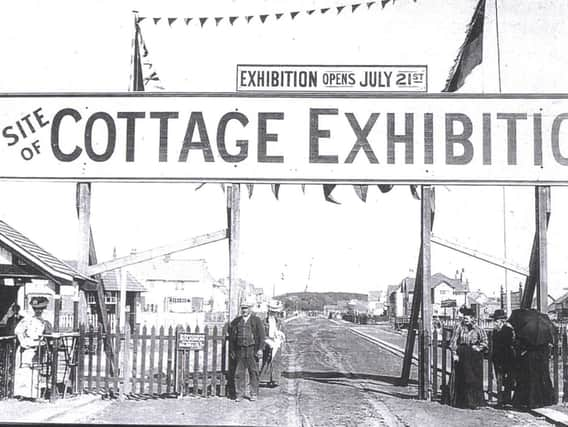

He had a vision.
A dream of the Great Garden City of the Fylde and although Tom Gallon Lumb didn’t quite realise his ambition before he died, he certainly left a legacy which survives today.
To him, he saw the Fylde coast as a land of glorious sunsets and, as an Alderman and Mayor of Blackpool in 1928, he played a vital role in the town’s pioneering days, helping to shape its future.
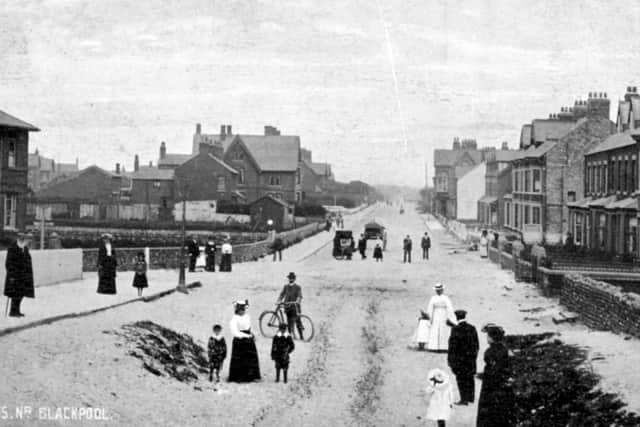

Advertisement
Hide AdAdvertisement
Hide AdAn engineer by profession, first on the old Lancashire and Yorkshire Railway and then with a Preston firm, he helped to build Preston Dock and channel.
Then he came to Blackpool as manager of the firm to plan and supervise the building of the Fleetwood tramroad from the Gynn that opened on July 14 1898.
As he once recalled: “At that time, of course, this was all to intents barren land. Only odd houses dotted the landscape with even fewer along the route of the tramroad.”
Stretching away north from the Gynn was Uncle Tom’s Cabin, then on the sea side of the tram route. Continuing to Norbreck was Banks Farm and Fanny Hall on the seaside.
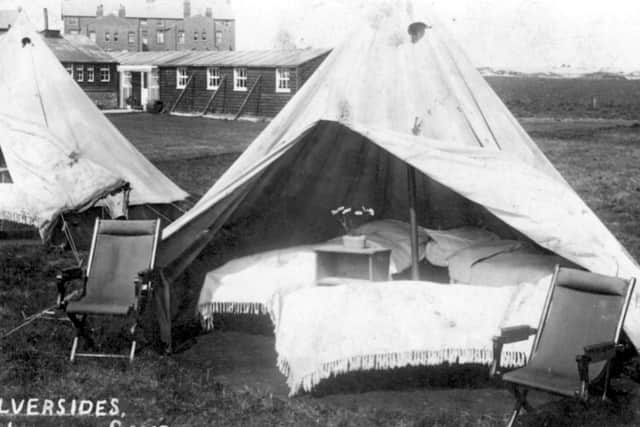

Advertisement
Hide AdAdvertisement
Hide AdGradwell Slack Farm was located on a narrow lane, now Red Bank Road, and other houses dotted around. But there was isolation all the way to Cleveleys.
From Ramper Road, which is now Victoria Road, to Rossall School, there was College Farm, which is still there, and away from Rossall to Fleetwood there were the Wyre Street cottages and some allotments.
But the builder, who was also a dreamer, realised the potential - as he put it: “I realised that there was something in this stretch of land along the route of the tramroad, a magnificent frontage to the sea of ever-changing moods and a vista of glorious sunsets.”
He enlisted the help of top architects Edwin Lutyens to design some of the cottages at Rossall and a house called Beach Croft.
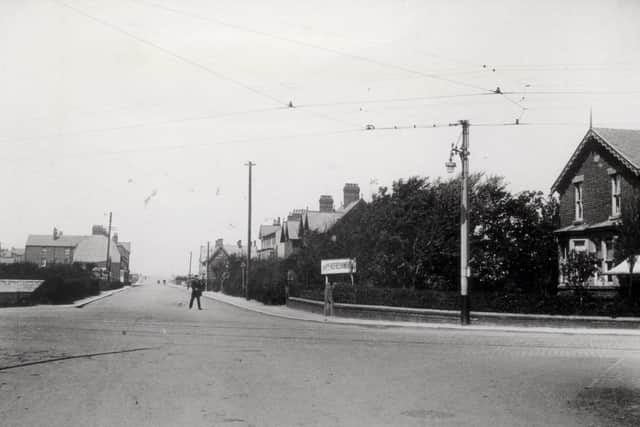

Advertisement
Hide AdAdvertisement
Hide AdLater he bought The Towers in what is now Holmfield Avenue but was then used by the Horrocks family from Preston as a shooting box.
Buying the Thornton estate was the first step on the road to his dream of that garden city.
The area included West Drive, Stockdove Way, Whiteside Way and Cleveleys Avenue.
Roads were built in an exhibition of homes staged in July 1906, with prizes for the best and it was opened by his old railway boss, Sir George Armytage, chairman of the Lancashire and Yorkshire.
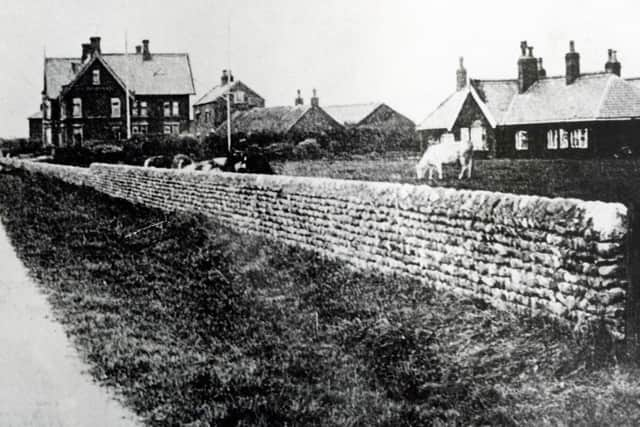

Advertisement
Hide AdAdvertisement
Hide AdPlots of land were sold for a mere £30 with as much as 600 square yards.
And the crowds who turned up were charges sixpence a head to see the start of the city dream.
It was an exhibition that helped put Cleveleys on its feet.
Before 1906 there was little development with just 850 houses and a population of 4,000. By 1937 this had grown to 4,252 houses and 13,000 people.
Advertisement
Hide AdAdvertisement
Hide AdAlderman Tom hoped the 1928 Extension Bill by Blackpool would swallow up Cleveleys, Thornton and Poulton.
He hoped his dream was in sight. But even though Cleveleys continued to be developed, the city dream was not meant to be, though the vista of sunsets remained.
Comment Guidelines
National World encourages reader discussion on our stories. User feedback, insights and back-and-forth exchanges add a rich layer of context to reporting. Please review our Community Guidelines before commenting.